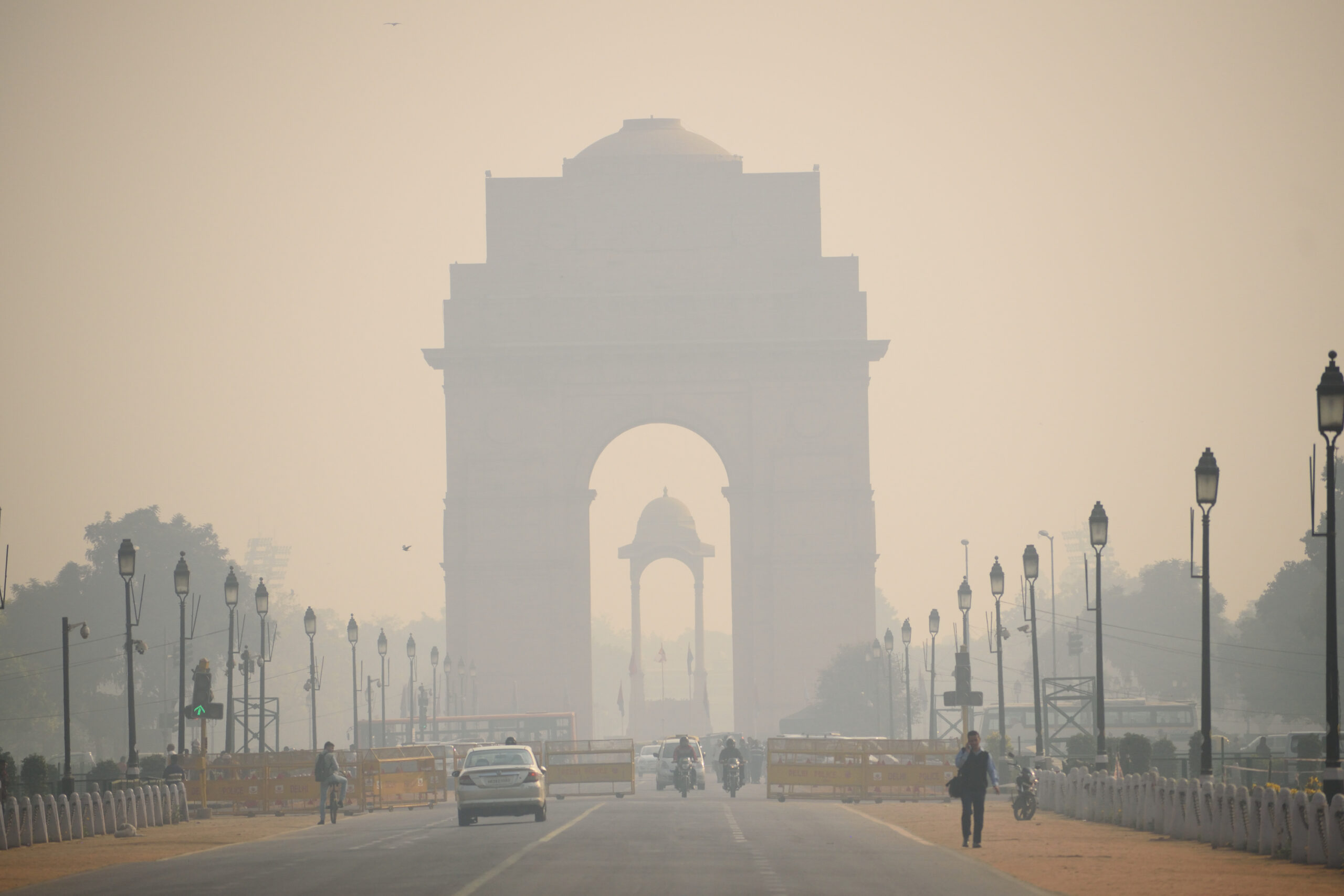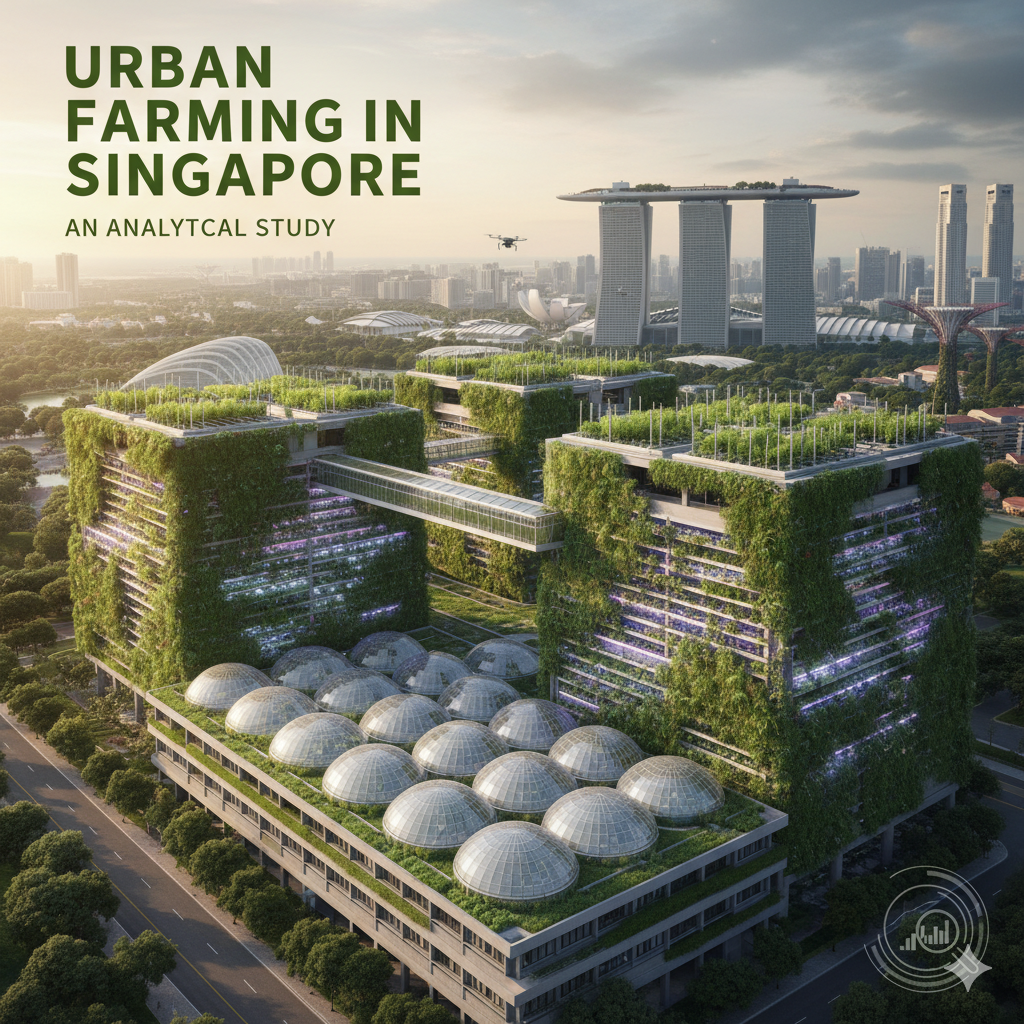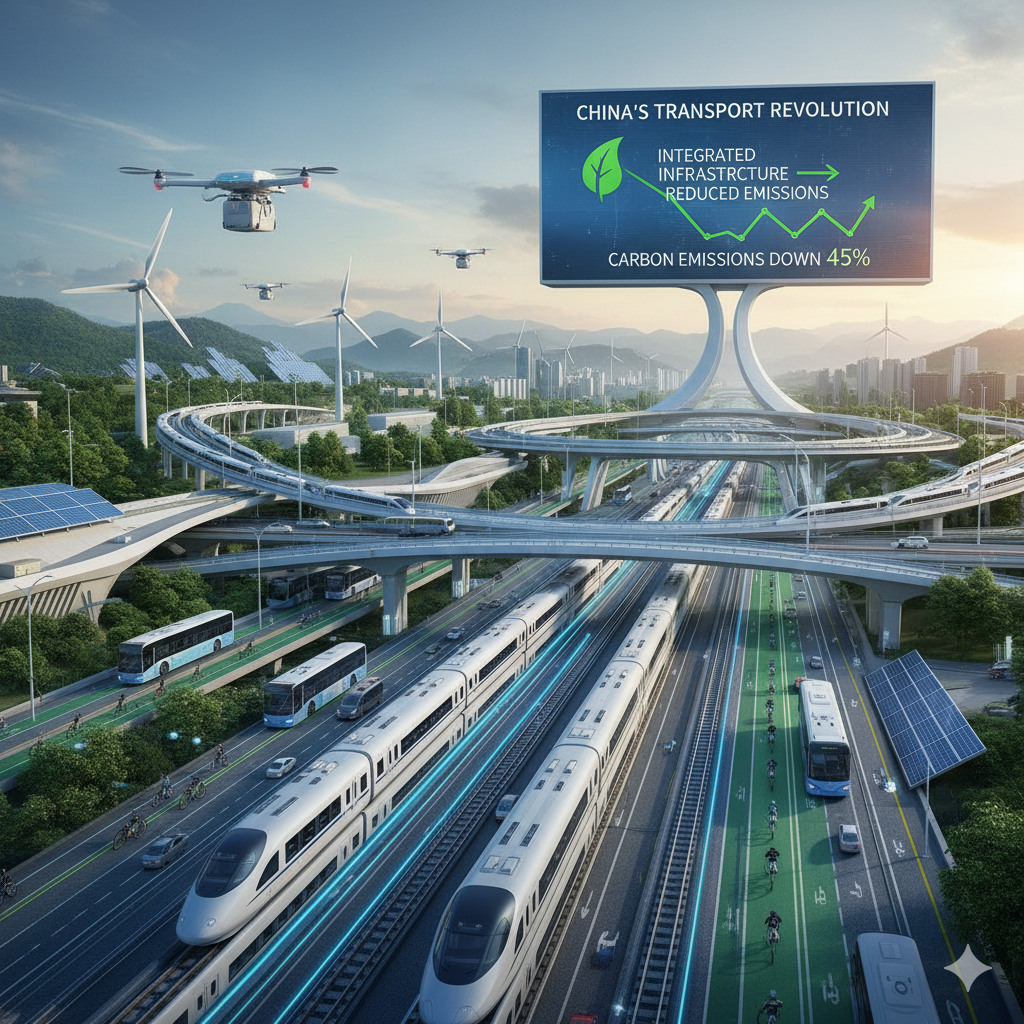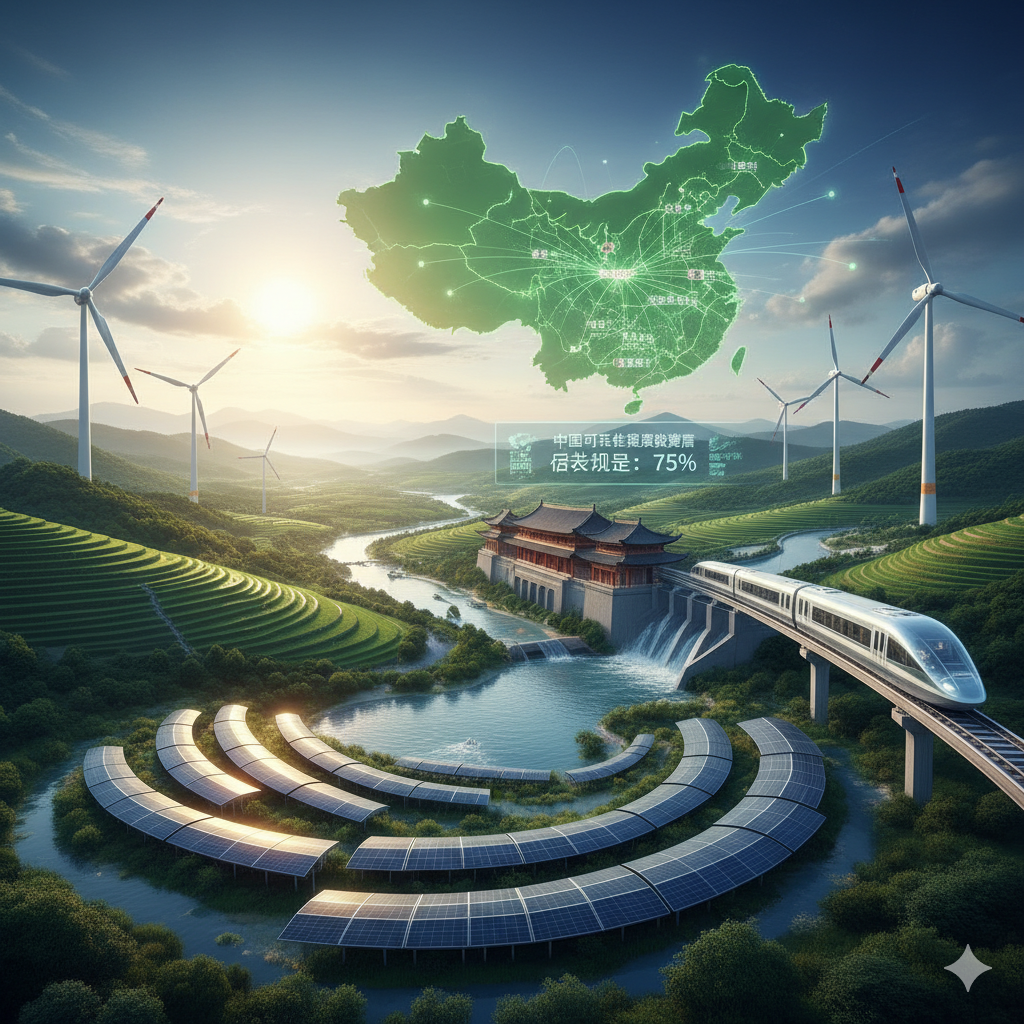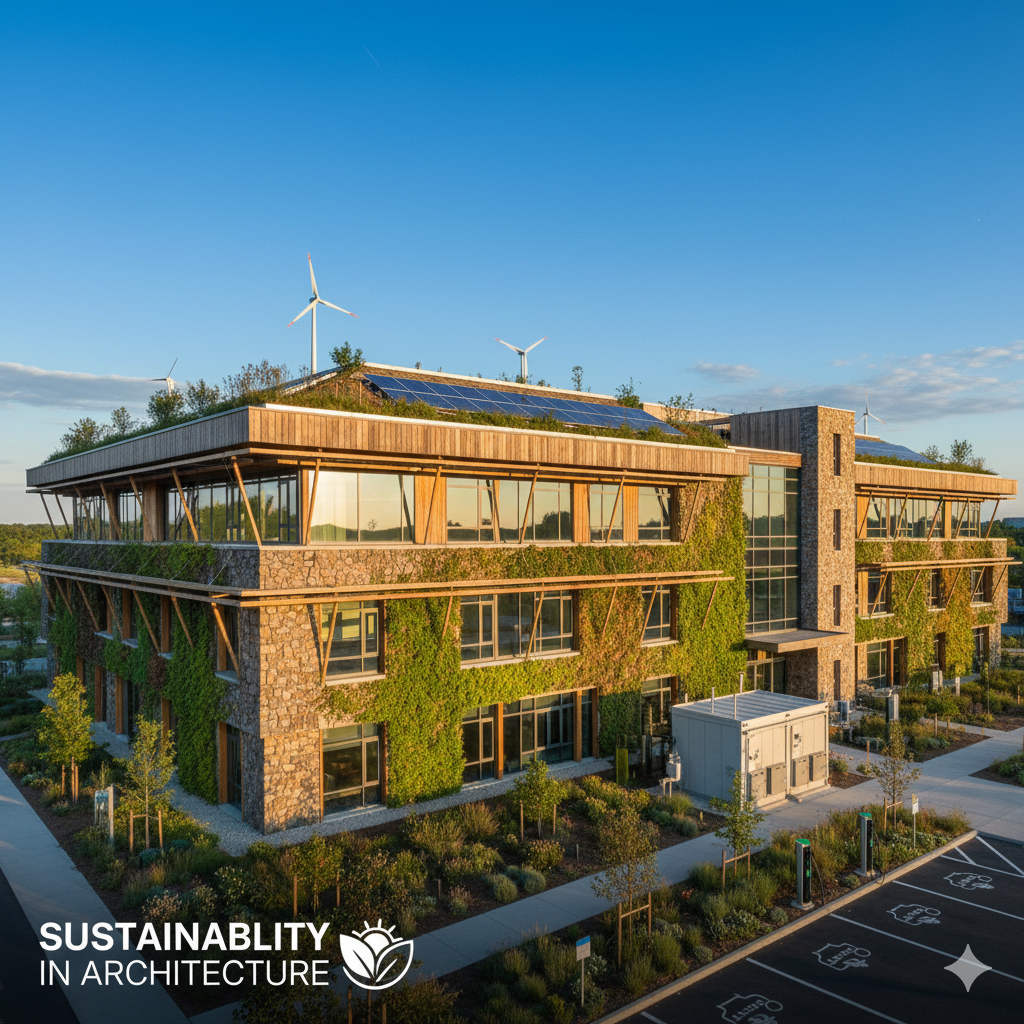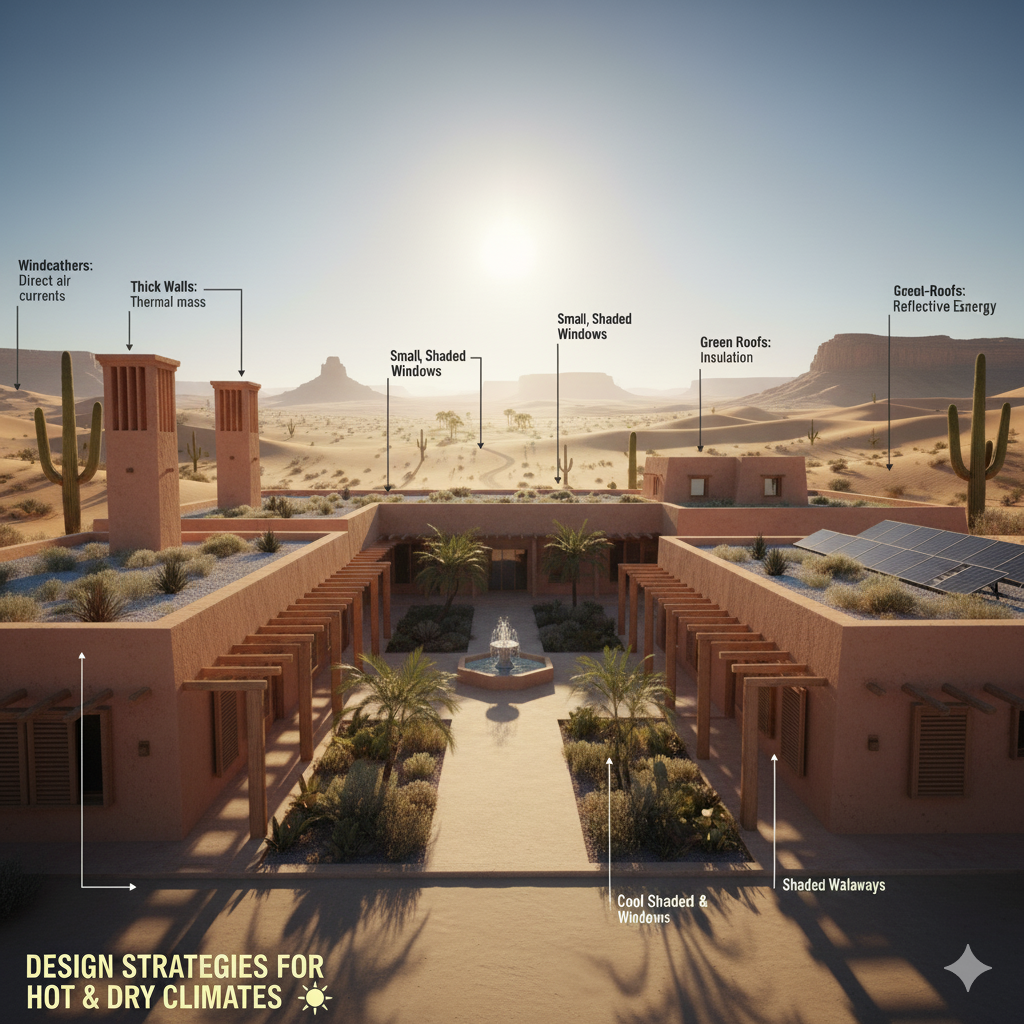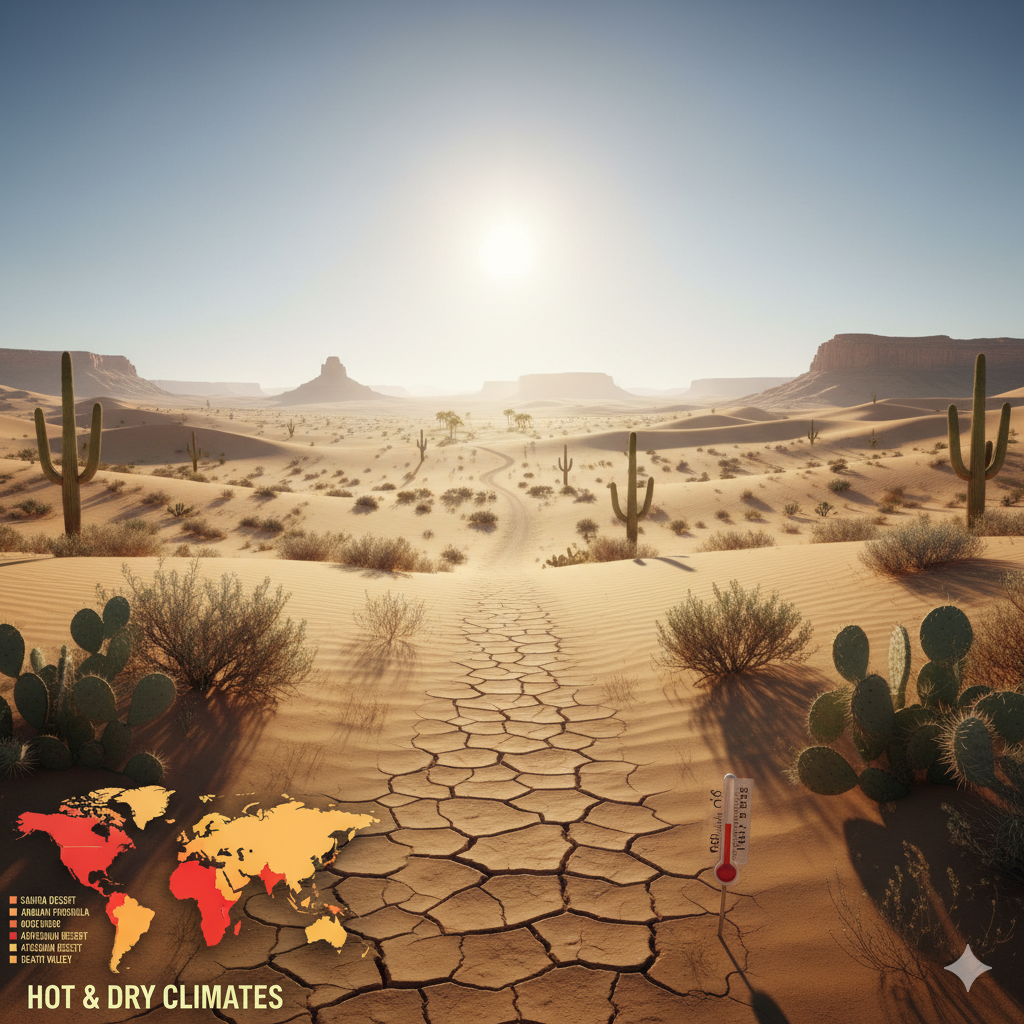Linear Economy vs Circular Economy: Key Differences and Why the Future Is Circular
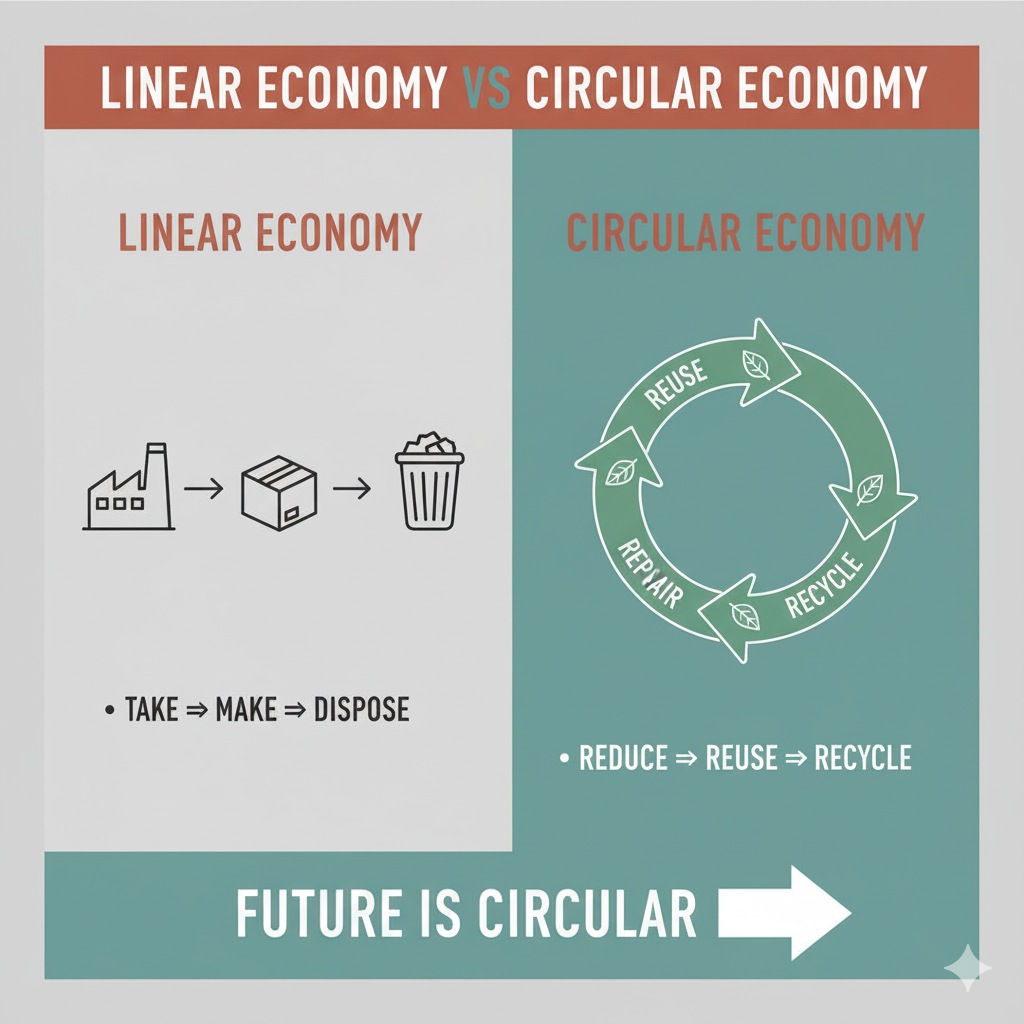
Introduction
In the age of environmental degradation, climate change, and resource scarcity, one of the most important conversations is around how our economies function. Historically, societies have relied on a linear economy model — a system based on extracting resources, using them to make products, and discarding them after use. But as the negative environmental impacts of this model become clearer, the circular economy has emerged as a sustainable alternative.
In this article, we’ll explore the major differences between the linear economy vs circular economy, why the transition is essential, and how businesses and individuals can become part of this transformation.
What Is a Linear Economy?
The linear economy is the traditional economic model used globally since the Industrial Revolution. It is based on a “take-make-dispose” approach.
Key Characteristics of a Linear Economy:
-
Take: Raw materials are extracted from nature.
-
Make: Materials are processed into products.
-
Dispose: After usage, products are thrown away as waste.
This model prioritizes convenience and short-term economic growth but comes with severe drawbacks.
Problems with the Linear Economy:
-
Resource depletion: Finite resources like minerals, fossil fuels, and forests are consumed at unsustainable rates.
-
Environmental pollution: Waste products pollute air, water, and land.
-
High carbon footprint: Manufacturing and waste disposal emit large amounts of CO₂.
-
Short product lifespans: Designed obsolescence means consumers constantly buy and discard.
👉 Learn more about the impacts of the linear economy from the United Nations Environment Programme (UNEP).
What Is a Circular Economy?
The circular economy is a regenerative model that aims to keep products, components, and materials in use for as long as possible, reducing both waste and the need for virgin resources.
Core Principles of the Circular Economy:
-
Design out waste and pollution
-
Keep products and materials in use
-
Regenerate natural systems
This model transforms the economic system from a linear throughput to a closed-loop system, aligning business with environmental sustainability.
Key Features of a Circular Economy:
-
Product durability and repairability
-
Reuse and refurbishment
-
Recycling and upcycling
-
Cradle-to-cradle design
-
Resource optimization
To explore the circular economy in detail, visit the Ellen MacArthur Foundation.
Linear Economy vs Circular Economy: A Side-by-Side Comparison
Below is a breakdown of how the linear economy vs circular economy models differ in their approach to resources, sustainability, and economic development.
| Feature | Linear Economy | Circular Economy |
|---|---|---|
| Resource Use | Finite, non-renewable extraction | Renewable, optimized, and reused |
| Product Lifecycle | Short, ends in disposal | Extended through repair, reuse, recycle |
| Waste Management | Waste is discarded | Waste is a resource for new production |
| Environmental Impact | High pollution and emissions | Low carbon footprint, regenerative |
| Economic Model | Growth via mass production and sales | Growth through value retention and reuse |
| Business Strategy | Sell more units to more people | Offer services, lease models, durability |
| Consumer Role | Buy and discard | Use, maintain, return, or recycle |
Why Transition from Linear to Circular Economy?
The comparison between linear economy vs circular economy clearly shows that the circular model is better aligned with long-term sustainability goals.
Environmental Benefits:
-
Waste Reduction: Less landfill and ocean waste.
-
Reduced Emissions: Circular practices lower CO₂ output significantly.
-
Resource Conservation: Less dependence on raw material extraction.
Economic Advantages:
-
Innovation Opportunities: New markets for refurbished, recycled, and upcycled products.
-
Job Creation: Growth in maintenance, repair, recycling, and green tech sectors.
-
Cost Savings: Long-term cost reduction for businesses via resource efficiency.
Social Gains:
-
Improved health outcomes: Less pollution means cleaner air and water.
-
Enhanced resilience: Economies are less vulnerable to supply chain disruptions.
-
Ethical consumption: Consumers can support responsible production and fair labor.
According to the World Economic Forum, transitioning to a circular economy could reduce global greenhouse gas emissions by 39% by 2030.
Real-World Examples of Circular Economy in Action
Understanding circular economy in practice helps illustrate its viability and scalability:
1. Philips – Lighting as a Service
Philips no longer just sells light bulbs—they offer “Lighting as a Service”, where they retain ownership of lighting systems and customers pay for the light they use. The company handles maintenance, repair, and recycling.
-
Circular practice: Product-as-a-service model
-
Impact: Reduces waste and promotes efficiency
2. Patagonia – Worn Wear Program
Patagonia encourages customers to repair and return used gear instead of throwing it away. The Worn Wear program repairs and resells these items.
-
Circular practice: Repair, reuse, resale
-
Impact: Extends product life, reduces textile waste
3. Renault – Car Part Remanufacturing
Renault reclaims used vehicle parts, restores them, and reuses them in manufacturing.
-
Circular practice: Remanufacturing auto components
-
Impact: Cuts emissions, saves energy
Read more about successful case studies at Sustainable Brands.
How Businesses Can Shift Toward the Circular Economy
Making the leap from a linear economy to a circular economy model requires a rethinking of product design, supply chain logistics, and customer engagement.
Business Strategies:
-
Design for Disassembly: Make products easy to take apart for repair or recycling.
-
Product-as-a-Service (PaaS): Rent or lease products instead of selling them outright.
-
Closed-loop Manufacturing: Reuse byproducts or waste in production.
-
Reverse Logistics: Develop systems to take back used products from customers.
Check out this guide from the OECD on Circular Business Models to explore more.
How Individuals Can Support the Circular Economy
You don’t need to be a CEO to promote sustainability. Here’s how consumers can drive change:
Everyday Actions:
-
Buy Less, Choose Well: Focus on quality over quantity.
-
Support Circular Brands: Choose companies practicing reuse, recycling, and responsible production.
-
Repair Instead of Replace: Fix what’s broken rather than discarding it.
-
Recycle Properly: Follow local recycling guidelines.
-
Participate in Sharing Economy: Use platforms like ThredUp, Tool Libraries, or Car Sharing Apps.
Check out Earth911 for tips on sustainable living and recycling guides.
Policy and Government Role in Circular Transition
Government intervention is crucial for accelerating the shift from a linear economy to a circular economy. Effective policy can provide the framework and incentives needed.
Policy Tools:
-
Extended Producer Responsibility (EPR): Holds manufacturers accountable for product disposal.
-
Tax Incentives: Rewards for businesses that use circular practices.
-
Recycling Laws: Mandates for minimum recycled content in products.
-
Public Awareness Campaigns: Educating citizens about sustainability.
For global efforts, see the European Union Circular Economy Action Plan.
Conclusion: The Future Is Circular
The debate of linear economy vs circular economy is not just theoretical—it’s a choice with real consequences for the planet and future generations. The linear economy may have fueled past growth, but it’s proving unsustainable in a world of limited resources and climate urgency.
Shifting to a circular economy is not only a matter of environmental responsibility but also a pathway to economic resilience, innovation, and global competitiveness. Whether you’re a policymaker, business leader, or consumer, now is the time to embrace circularity.

